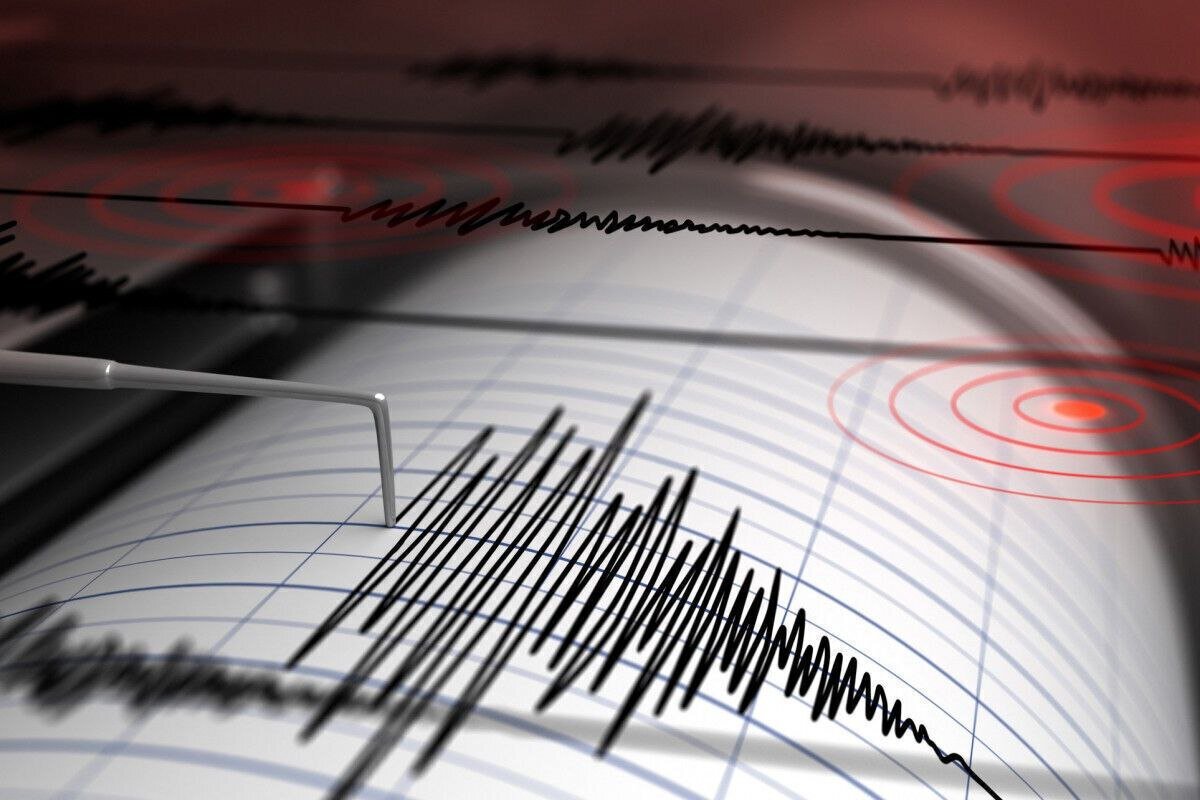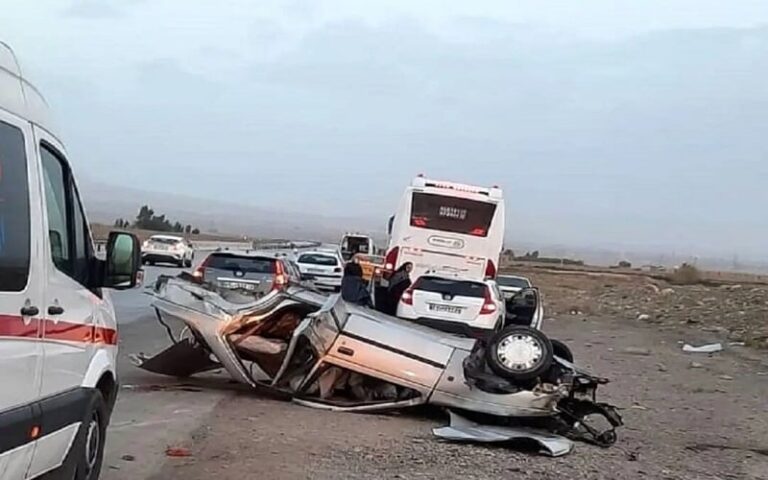Shocking Surge: 507 Earthquakes Strike in Just One Month!
In recent weeks, Iran has experienced a notable fluctuation in seismic activity, with a total of 507 earthquakes recorded in the past calendar month ending on April 20. This figure marks a significant 13.7% decrease compared to the previous month, when the Iranian calendar month of Esfand saw 588 earthquakes. The data comes from the seismological networks of the Institute of Geophysics at the University of Tehran.
Among these earthquakes, one significant event registered a magnitude between 5 and 6 on the Richter scale. This occurred on March 24 in the Kerman province. The breakdown of the seismic activity indicates:
- 447 earthquakes had magnitudes smaller than 3
- 52 earthquakes ranged between 3 and 4
- 7 earthquakes measured between 4 and 5
When analyzing the provinces with the highest seismic activity, the following regions reported the largest number of earthquakes:
- Kerman – 87 earthquakes
- Khorasan Razavi – 59 earthquakes
- Yazd – 42 earthquakes
- Semnan – 34 earthquakes
Looking at the broader picture, a total of 6,272 earthquakes were documented throughout the past calendar year (from March 2024 to March 2025). This data again comes from the Institute of Geophysics, highlighting the persistent seismic activity in the region.
Of the earthquakes recorded over the year, 150 were above 4 on the Richter scale. Furthermore, there were at least five earthquakes occurring monthly with magnitudes exceeding 4.5. This consistent seismicity underscores Iran’s position as a country situated in a highly active geological zone.
The Iranian plateau is notably located in a region known for its seismic activity, not only characterized by major catastrophic earthquakes but also by various natural hazards. Statistically, Iran accounts for about 2% of the world’s earthquakes. However, it is alarming to note that more than 6% of the global earthquake-related fatalities reported during the 20th century originated from earthquakes in Iran.
This data brings to light the importance of earthquake preparedness and response strategies in Iran. The country’s geographical position makes it essential for residents and authorities to remain vigilant and informed about seismic risks. Continuous monitoring and research by institutions like the Institute of Geophysics play a crucial role in understanding and mitigating the impacts of these natural disasters.
As Iran continues to navigate its seismic landscape, the collaboration between governmental bodies, researchers, and local communities will be vital in developing effective strategies to reduce vulnerability and enhance resilience to earthquakes. Public awareness campaigns and educational programs can significantly contribute to preparedness, ensuring that citizens are equipped to respond appropriately in the event of an earthquake.
In summary, while the recent decrease in seismic activity is a positive sign, the persistent threat of earthquakes remains a significant concern for Iran. The data reflects the ongoing need for comprehensive disaster management plans and the importance of public education on earthquake safety.
As seismic monitoring continues, the insights gained will help shape policies and preparedness initiatives aimed at safeguarding lives and properties in this seismically active region.






